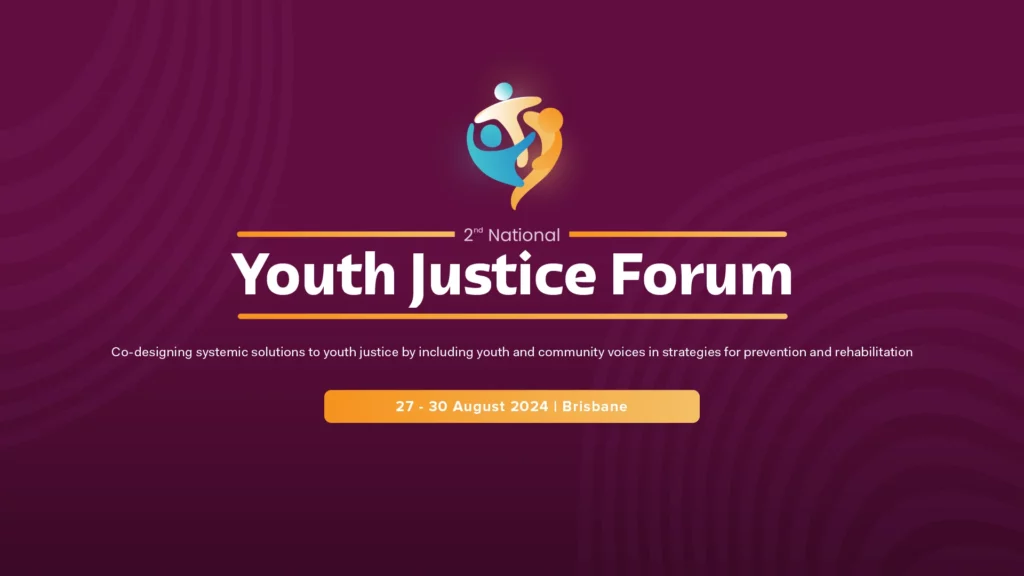Corporate partnerships can offer not-for-profit (NFP) organisations a source of untied revenue, mass market promotion and access to a new pool of potential donors. However, many NFP organisations feel too daunted to explore corporate partnership opportunities because they don’t know which companies to contact and the correct way to approach them.
The following ten steps will help your organisation secure a partnership by ensuring it’s well prepared and puts its best foot forward to the right people.
1. Conduct a SWOTA analysis
Most NFPs will have conducted a strengths, weaknesses, opportunities and threats (SWOT) analysis at some point. However, when examining the feasibility of a corporate partnership, you need to do a SWOTA analysis, which includes an actions list at the end. This needs to be directly related to what’s going to hold you back as well as advance you in corporate partnerships. A general SWOTA analysis will only produce a general list of actions so make sure you’re very specific.
2. Identify and analyse competing organisations
Companies will often select a cause category to which they direct their investments, such as environment, mental health, children or disability. Examine who your organisation is competing with for corporate partnership dollars. Once identified, research competitor organisations to see what they’re doing well and not so well, and apply the lessons learned.
3. Compile an assets register
An assets register is a list of all the things that your organisation has to offer a potential partner and the value of these assets as defined by an independent expert. It’s all well and good having the rhetoric, but if you haven’t identified precisely what you have to offer a company, you’ll get caught out at the very first meeting.
4. Identify suspects and prospects
How do you currently identify potential prospects? If you’re relying on who you know and who your board knows, you’re not going to get very far. When it comes to corporate partnerships it’s all about synergy and fit as opposed to who knows who. Undertake research to identify companies whose goals or values align with your organisation.
5. Form a hot list
Narrow down your list of suspects to a list of about 30 prospects and then further consolidate the list to form a hot list of approximately 15 prospects. Once you have your hot list, research each prospect in depth so that when you make the approach your email will be informed and not ignored.
6. Create a credentials presentation
Too many NFPs try to sell a sponsorship at the first meeting and some even try to do so over email. As you may have already found, this simply does not work. To successfully secure a partnership you will need to put together a compelling 20-minute credentials presentation explaining what your organisation is about. Be sure to leave plenty of time for questions at the end.
7. Develop a partnership model
Now that you know who you are going to approach, you have an assets register and you have prepared a great presentation; you need to develop a partnership model. This will include a detailed set of guidelines that articulates who will manage the partnership, how you will divide the money, if there are any companies you will or won’t support, and so on.
8. Seek final approval
You must have all of these documents approved and signed off by senior management to ensure that your whole organisation aligns to this new model. It’s dangerous to offer some assets to companies without approval from the CEO and/or the Board.
9. Approach the company
A good way to approach a prospective company is to send a succinct email to the right person stating all the reasons why you are a perfect fit (your research will give you this data). Ensure your request is heard by posting a hardcopy version on the same day with a small item that relates to your organisation to grab their attention.
10. Finalise the partnership
Most NFPs worry about this part, when in fact it’s relatively easy if you have done the first nine steps well. The thing that will save you a lot of time will be asking the prospect for a brief so that when you do submit a proposal you nail it. Ensure you have
a legally drafted memorandum of understanding for securing the intention and a full contract template once all the details are confirmed. A corporate partnership should never be formed over a handshake or gentleman’s agreement.















































































































































